
Our brothers and sisters are often the only people in our lives from beginning to end, and their influence is just as broad as that timeline.
That was the conclusion reached by TIME’s Jeffrey Kluger in a 2006 cover story about the effects of sibling-hood. And, as many U.S. states mark Siblings Day on April 10, there’s no better time to look at that research as another reason to be thankful for those closest of relatives. Even the ever-present sibling rivalry can pay off in the long run, it turns out, as they help kids grow up with problem-solving know-how.
Read TIME’s new special report on siblings: How Parents Can Help Their Kids Get Along
And, as Kluger reported, it’s not really surprising that those childhood companions end up affecting our adulthood:
From the time they are born, our brothers and sisters are our collaborators and co-conspirators, our role models and cautionary tales. They are our scolds, protectors, goads, tormentors, playmates, counselors, sources of envy, objects of pride. They teach us how to resolve conflicts and how not to; how to conduct friendships and when to walk away from them. Sisters teach brothers about the mysteries of girls; brothers teach sisters about the puzzle of boys. Our spouses arrive comparatively late in our lives; our parents eventually leave us. Our siblings may be the only people we’ll ever know who truly qualify as partners for life. “Siblings,” says family sociologist Katherine Conger of the University of California, Davis, “are with us for the whole journey.”
Within the scientific community, siblings have not been wholly ignored, but research has been limited mostly to discussions of birth order. Older sibs were said to be strivers; younger ones rebels; middle kids the lost souls. The stereotypes were broad, if not entirely untrue, and there the discussion mostly ended.
But all that’s changing. At research centers in the U.S., Canada, Europe and elsewhere, investigators are launching a wealth of new studies into the sibling dynamic, looking at ways brothers and sisters steer one another into–or away from–risky behavior; how they form a protective buffer against family upheaval; how they educate one another about the opposite sex; how all siblings compete for family recognition and come to terms–or blows–over such impossibly charged issues as parental favoritism.
Still, folks without siblings shouldn’t despair: All that research into siblings came along with research into only-children. The stereotype of the spoiled only child, scientists found, was mostly just a myth.
Read the full story, here in the TIME Vault: The New Science of Siblings
Read next: Facebook Reveals How Common It Is For Siblings to Have The Same First Initial
Sister Act: Joan Fontaine and Olivia de Havilland

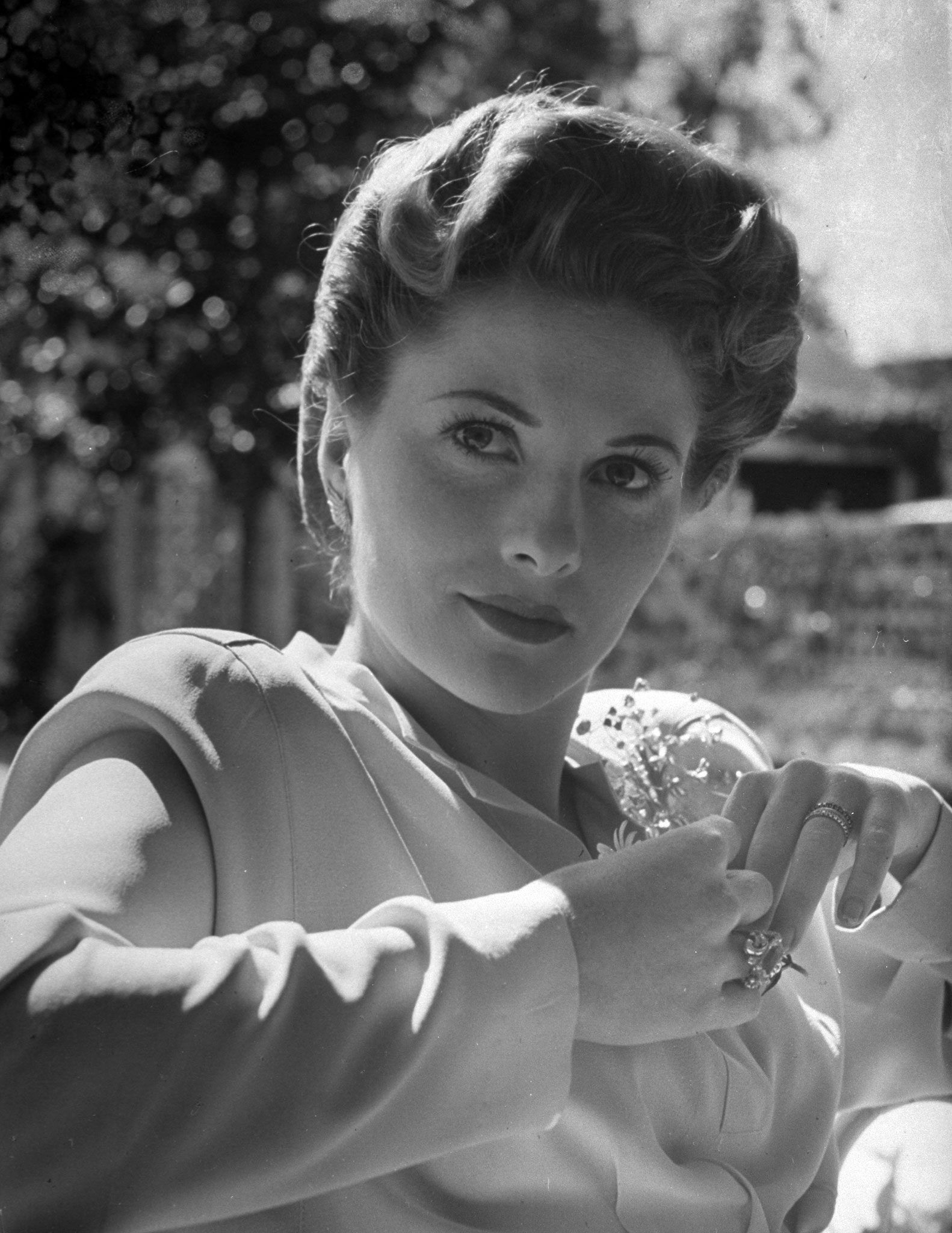

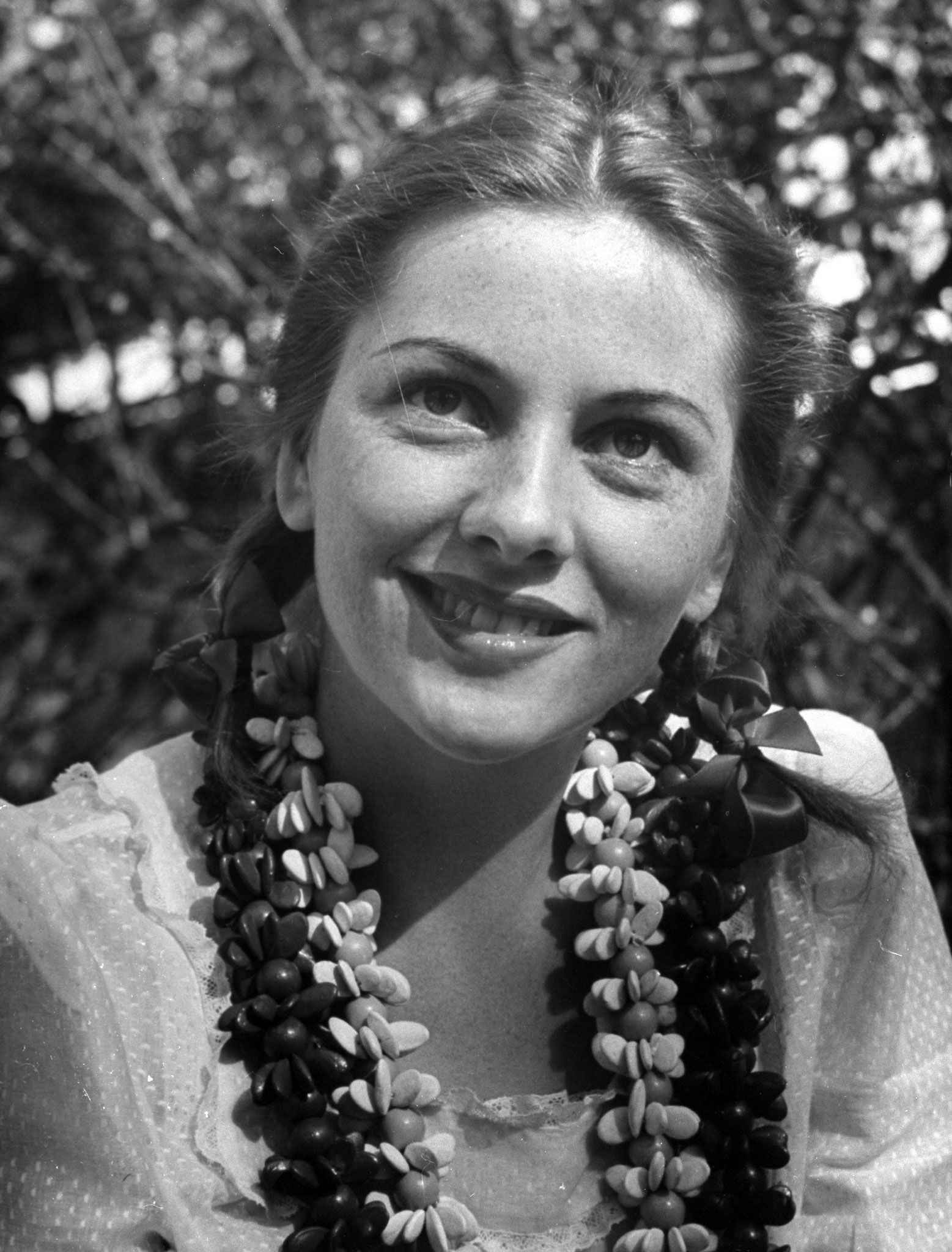

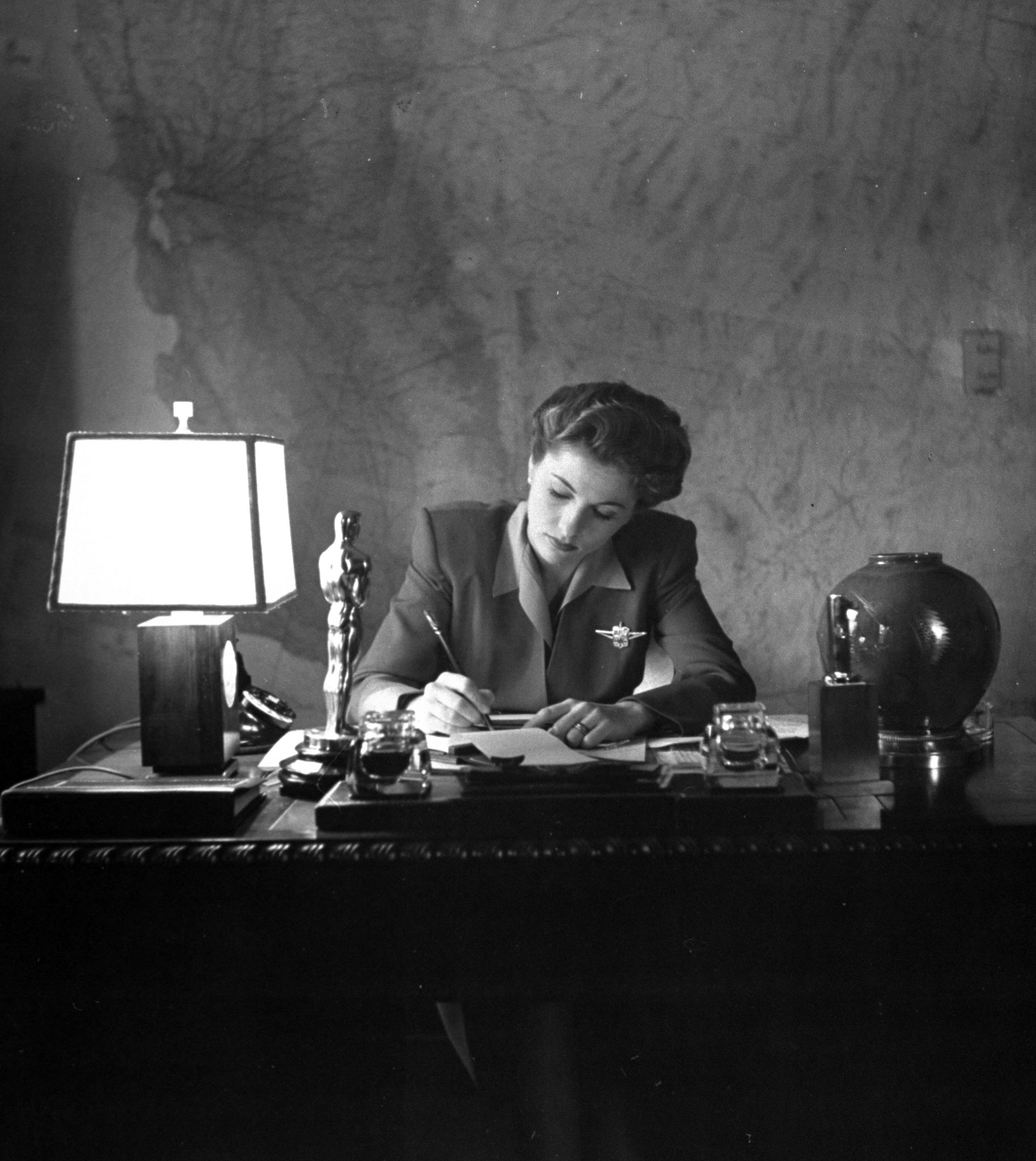
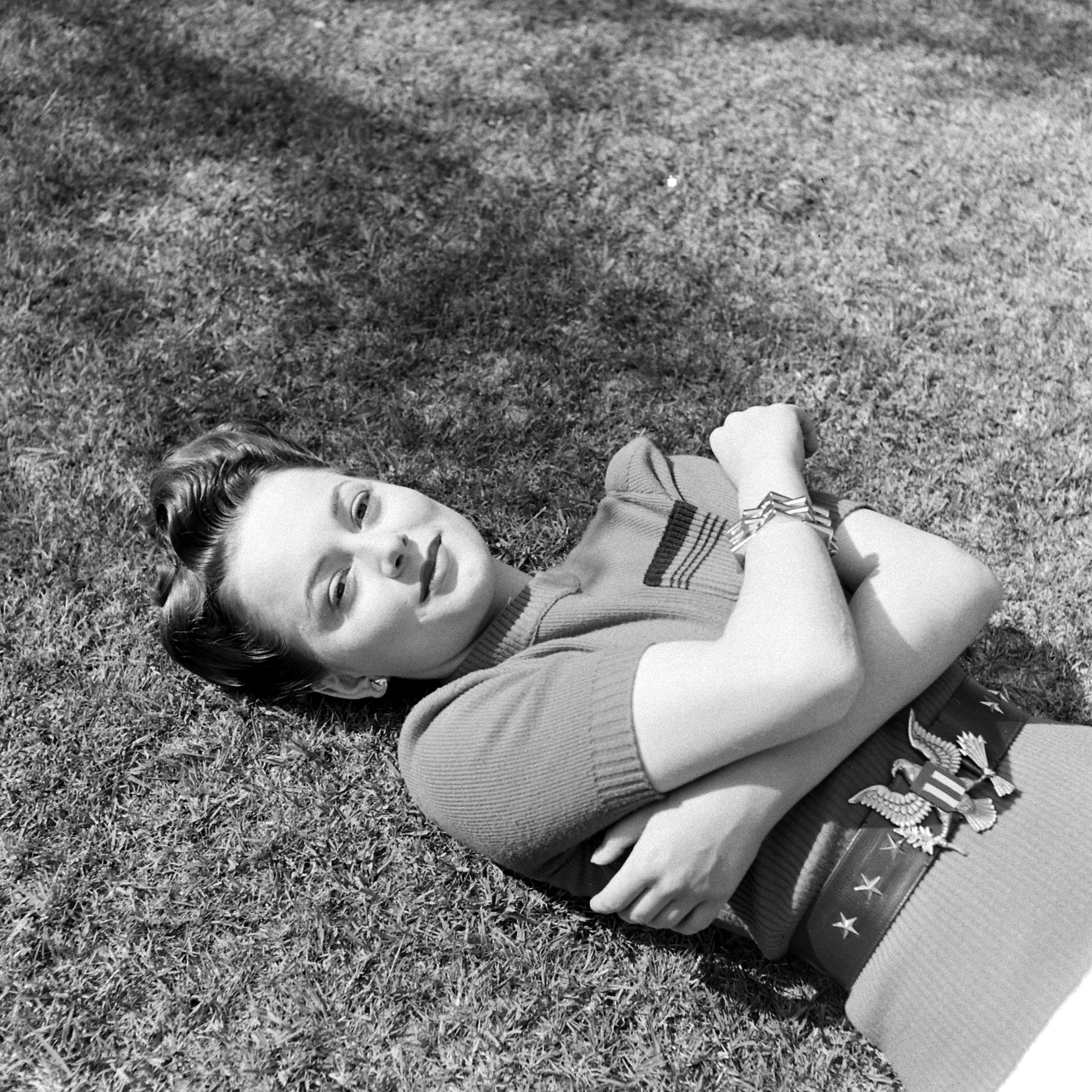
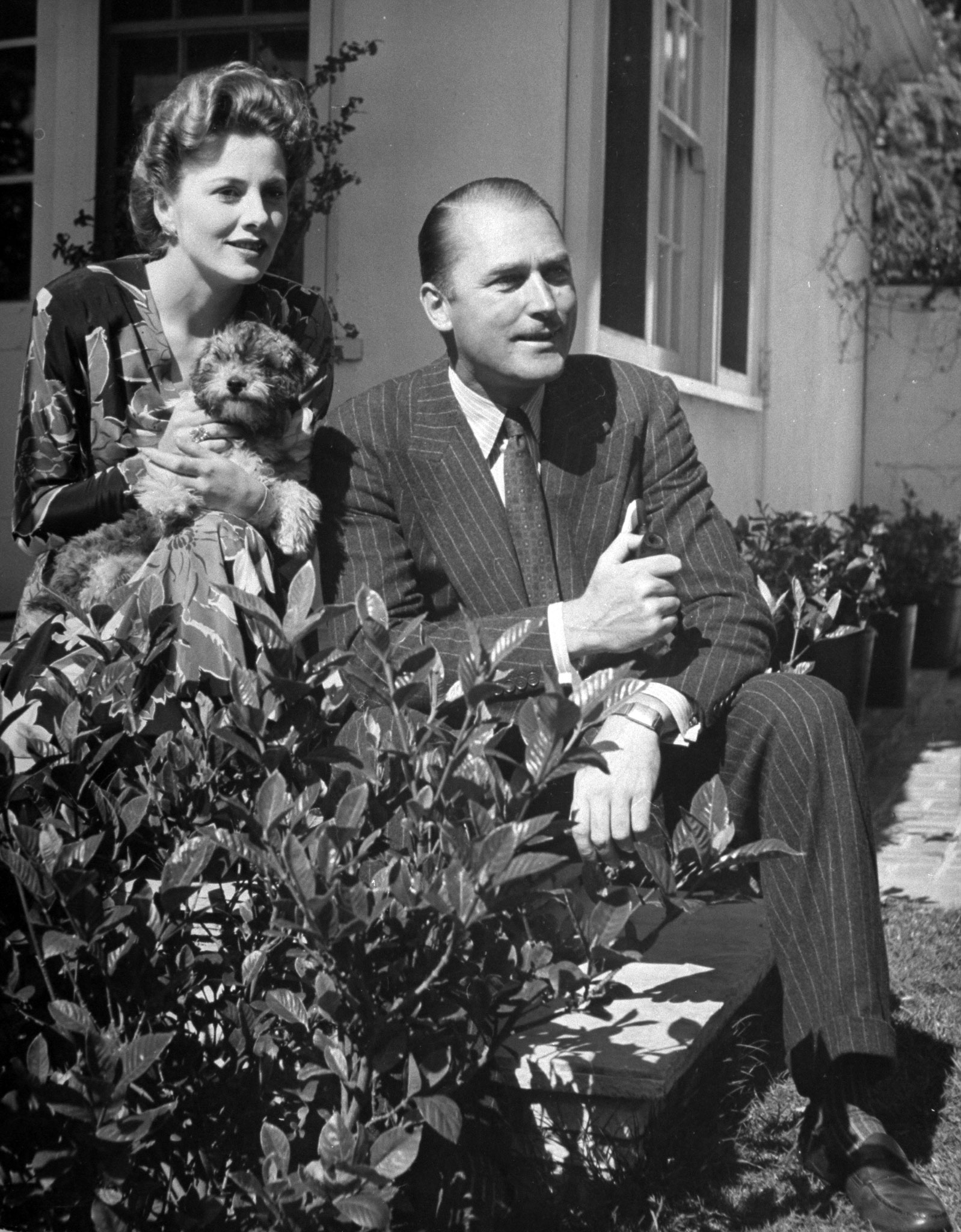
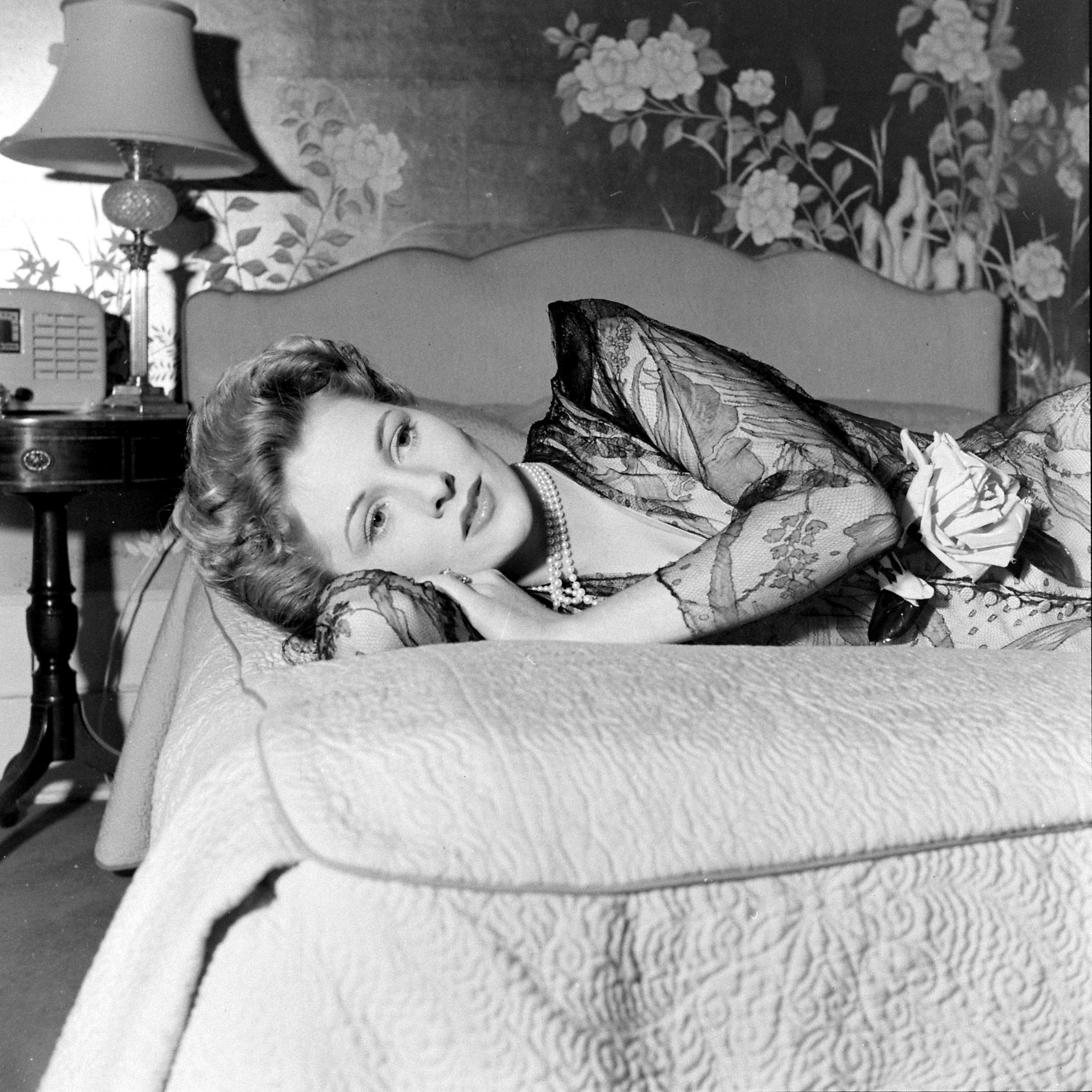

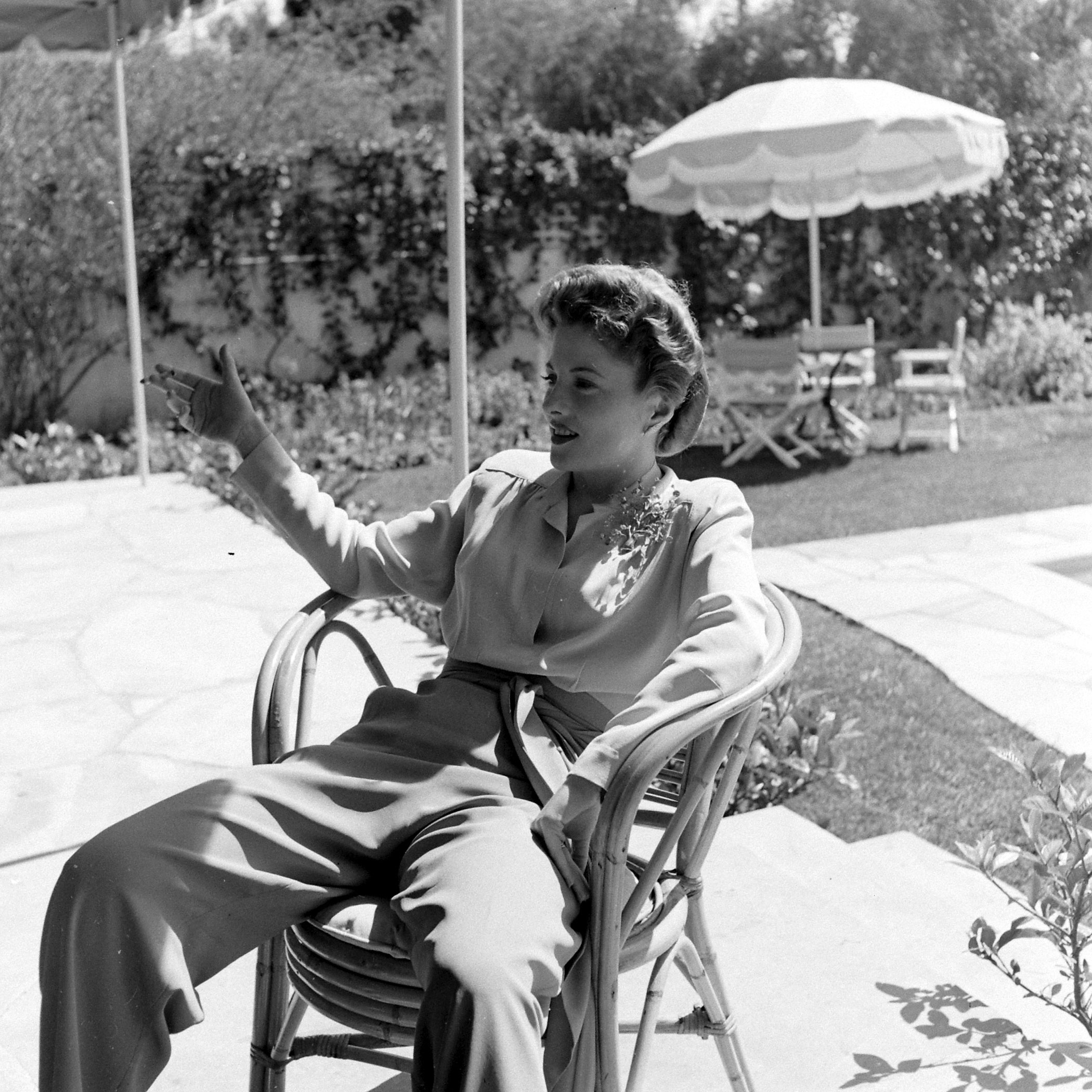
More Must-Reads From TIME
- The 100 Most Influential People of 2024
- How Far Trump Would Go
- Scenes From Pro-Palestinian Encampments Across U.S. Universities
- Saving Seconds Is Better Than Hours
- Why Your Breakfast Should Start with a Vegetable
- 6 Compliments That Land Every Time
- Welcome to the Golden Age of Ryan Gosling
- Want Weekly Recs on What to Watch, Read, and More? Sign Up for Worth Your Time
Write to Lily Rothman at lily.rothman@time.com